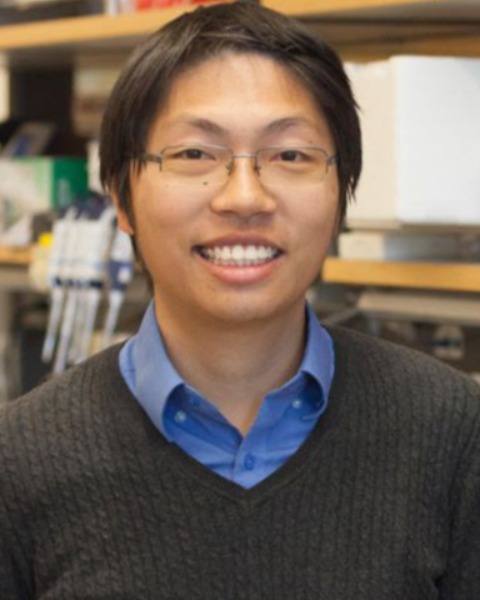Back
.png)
On-demand recording will be available 24hrs after the presentation.
Cellular Technologies
Innovation Award
Innovation Award Presentations
A new stem cell-based toolkit to study biosafety level 4 (BSL4) viruses
Tuesday, February 8, 2022
1:00 PM – 1:30 PM
Location: Grand Ballroom
Sponsored By: HighRes Bio
.png)

Kyle M. Loh, PhD
Assistant Professor and DiGenova Endowed Faculty Scholar
Stanford University, California, United States
Biosafety level 4 (BSL4) viruses—including the infamous Ebola virus and Nipah virus (44% and 59% fatality rates, respectively)—are among the deadliest viruses on Earth, and have few to no approved treatments. Such BSL4 viruses are extraordinarily understudied, since they can only be handled by “space suit”-protected personnel in specialized facilities, few of which exist worldwide. Due to operational difficulties, most studies explore the effects of BSL4 viruses on cancer cell lines, which loosely resemble human cell-types in vivo, have defective interferon signaling, and are genetically abnormal. To create more accurate cellular models for viral infection, we pioneered methods to generate healthy artery and vein cells from human pluripotent stem cells (hPSCs) in vitro. This revealed new biology: Nipah virus preferentially attacked artery (as opposed to vein) cells. By live-imaging, infected artery cells fused to create massive multinucleated cells with up to 23 nuclei, yet infected arteries failed to produce interferon despite massive viral infiltration of their transcriptome. More broadly, we are deploying cutting-edge approaches in stem cell biology and cell engineering to the challenging BSL4 operational environment. hPSC-derived cell-types offer decisive advantages over cancer cell lines for studies of BSL4 viruses. This is enabling high-throughput chemical and genetic screens to discover new antiviral therapies against BSL4 viruses, using physiologically-relevant cell-types.



